field notes on being a creative [pt. 1]
learning to hear your voice & listen to your instinct for taste
I write to you lost somewhere amongst the clouds in a window seat (my favorite kind in front of the wing so there’s an unobstructed view outside). It’s late, and the dark mass below shifts between pockets of sprawling lights and a gaping darkness. I’m headed home to spend time with my family. Are you starting to look forward to the holiday season? I hope you find and cherish some time with your family and loved ones soon. Last week, I had the opportunity to work with my friend Kristoffer on a syllabus for walking the internet. I hope it takes you to an unexpectedly wonderful place. Today, I will talk about my relationship with creativity, the first part in a series.
Growing up and all through college, I don’t believe anyone would have described me as creative. Instead, the words that would have come to the minds of teachers and peers probably would have included rational, disciplined, polite, reliable, organized, serious. All qualities that are certifiably not what you might associate with those who think of creative work as their life craft, otherwise known as “artists.”
I think this started changing drastically when I first began to dance. After some number of classes, I crossed a threshold where I felt the natural urge to move my body when listening to music I loved. I suddenly had an intuition for movement, and I had a taste for the kind of movement that felt right. With this change, I suddenly felt much more space wherever I moved through the world—I could play, allow my intuition to emerge and trust it to be right, rather than discarding anything that didn’t conform to the worldview that had been pressed on me.
Now, I treat the world as my playground for creation. Shadows form natural frames that make even the most ordinary object seem like a priceless object. Leftovers are a treasure trove for a new favorite dish. Fallen leaves and wilting flowers on the sidewalk become the found material for a beautiful bouquet for a loved one. Everything you see around you can become material for your creative energy.
In a TikTok day-in-the-life of an artist, we follow them on a tour through their house. Immediately you find that so much of what they do has become suffused with personalized practices that shift reality in a certain way.
“he puts himself into any little thing he does” “I kind of like express how I feel about the day through my outfit, so it’s like making a little piece of art each morning.”
In the comments section, you find how much these little acts of creativity resonate—they evoke a whimsical wonder that is hard to turn away from.
“@Luther 👁️🗨️: im sobbing rn, knowing there are ppl like this sprinkled around the world, who can create wonder in small things… it makes life worth living” @IsLocal: take the mundane in the world and warp it with your own creativity source
I believe that everyone has this innate creativity inside of them, and if we don’t feel it, then we’re just missing the right environment for it to emerge. That means if you don’t feel creative and want to be, you can become creative by shaping your environment.
Mary Ruefle says that the best piece of advice she ever received was from her art class teacher:
… “by bringing her hand a little ways in one direction, she left a mark upon the paper. “That’s all there is to it,” she said, “but it’s a miracle. Once there was nothing, and now there’s a mark.""
from Madness, Rack, and Honey
We do not have to earn the right to make a mark. We do not have to drive ourselves into the ground to make a difference. We do not have to win a big prize, or become a millionaire, or be a genius to change the world.
All we have to do is listen to what our hearts whisper and repeat those words into the world so that one other person may hear it and remark to themselves, “ah, now that’s something.”
Marina Abramović is a performance artist who gained fame through conducting very mundane (along with absurd and seemingly impossible) tasks under conditions that are physically impossible. Abramović’s creative practice came from re-imagining what the everyday could be, and then training her most personal everyday object (her body) into her canvas for shaping the world.
Her memoir reveals some of her earliest recollections describing what she pays attention to, and how she decided to play with the fabric of reality to imagine different possibilities:
I never played with dolls. I never wanted dolls. And I didn’t like toys. I preferred to play with the shadows of passing cars on the wall or a ray of sun streaming through the window. The light would catch the dust particles as they traveled to the floor, and I would imagine that this dust contained little planets with different galactic peoples, aliens who came to visit us, traveling on the rays of the sun. And then there were the glowing beings in the plakar. My entire childhood was full of spirits and invisible beings. It was shadows, and dead people that I could see.
Later, Abramović describes what she made for her first exhibition showing at a student center in Belgrade:
I brought in a peanut in its shell and fixed it to the wall with a straight pin. The peanut stuck out just far enough from the wall to cast a tiny shadow. I called the piece Cloud With Its Shadow. As soon as I saw that little shadow, I realized two-dimensional art truly was a thing of the past for me—that piece opened a whole different dimension. And that show opened new worlds for many people.”
Being creative is a matter of discovering alternative realities adjacent to the dominant one people are perceiving and creating a space that empowers others to enter these realities. In Cloud With Its Shadow, Abramović introduces a simple twist of our expectations to help us see the world in a little more whimsical way, that helps us see the world as she does its shadows.
I saw another similar piece a few weeks ago that has stayed with me since. Something so simple that changed the way I look at letters and fonts.
Half a Dozen Eggs, Quarter of a Dozen Raisins by Lenka Clayton
Discovering different realities relies on being able to see them in the first place, and tune how you see the world, which is why I love artists who focus on pieces that train people to see.
Robert Irwin says “the ordinary if we could but see it, is extraordinary.” In his works, he constantly attempts to create a dialogue with viewers, challenging them to see what he sees, and rewarding them for figuring out the slant. For example, one of his most large-scale works, Getty Museum’s Central Garden, features seasonal plantings that highlight the foundational architecture in new and varying ways1.
an overhead view of Central Garden
Georgia O’Keefe says “To see takes time.” And in her career, she returned to the same subjects over and over in new mediums, during new seasons, and at different points of her life, finding new details and entire worlds emerge in the same subjects.
Train at Night in the Desertby Georgia O’Keefe
I’m sure Irwin would have agreed with her, given he spent two years painting lines and staring at them for over ten hours daily, continuously attempting to “see” the true form of a line.
Every time I wander out into the world, I treat it as an opportunity to make an exchange—putting a piece of myself into the world and accepting a piece of the world into myself. You can see creatively, viewing the world for the beauty within each thing in it, rather than what it should be or what use it has.
J has a lovely practice of gathering bags in bags: a sling bag inside a tote inside a backpack, a matryoshka of pouches, each with its own frames for seeing.
One of my persistent rituals is looking in the night sky for the moon whenever I’m outside. I’m learning the different shapes she takes, her patterns for rising, and how her light casts shadows.
I love mediums that create a constrained site to invite people to contribute their own personality. Cairns on the beach, sidewalk community libraries, a communal wall in the neighborhood cafe. In digital space, every comments section presents an opportunity to put a piece of yourself into the networked aether.
Being a creative means embracing the urge to put more of yourself—your identity, personality, and unique way of seeing—into the world, whether it be the way you make your breakfast in the morning or your trick for getting through your morning commute, or the themes that keep coming up among the thousands of photos in your camera roll. When we conform, we push that part of ourselves away, deeper into the recesses of our bodies.
Train yourself to listen to your voice, your sight, your taste. Feel for its most subtle grooves and accents. Know it like you know your own face.
Next time I write to you about this topic, it’ll be on how you collect based on this taste and instinct.
reader exercise
When was the last time you heard this voice? What did it tell you to do? Did you listen?
Make a log (a physical journal or for the digital-native gatherers an Apple Note) to collect all the moments you feel this feeling and noting what it asks of you.
You don’t always have to follow through, but try to do it at least once a week (adjust according to your comfort level).
Practice putting more of yourself into the world. Practice answering yourself when you ask who you are.
Remember how it feels to be fully, unabashedly yourself. Remember how it feels when you put that kernel of yourself into the world.

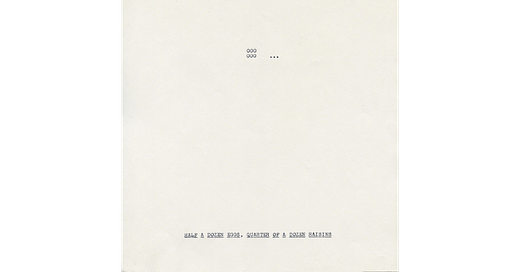



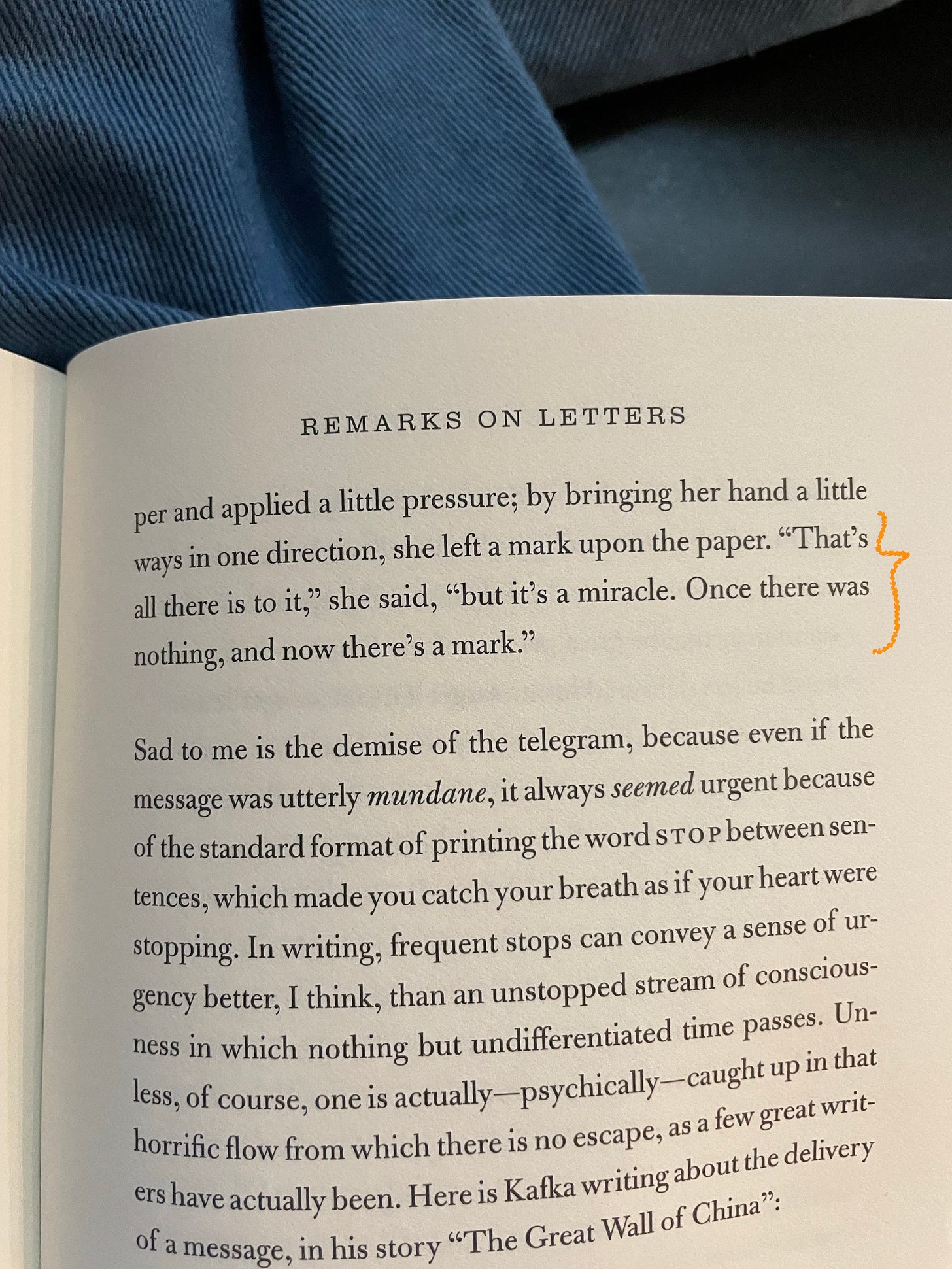

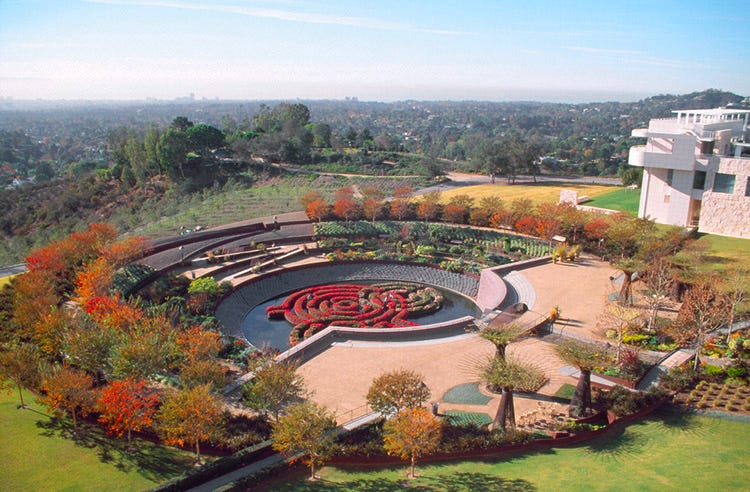
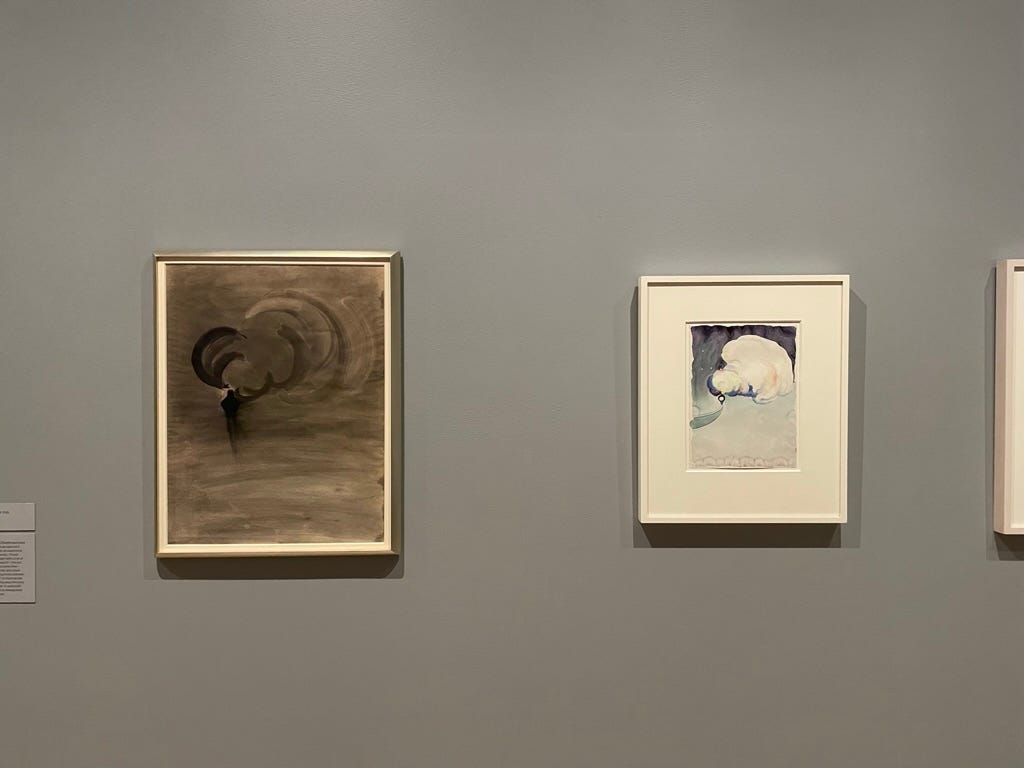
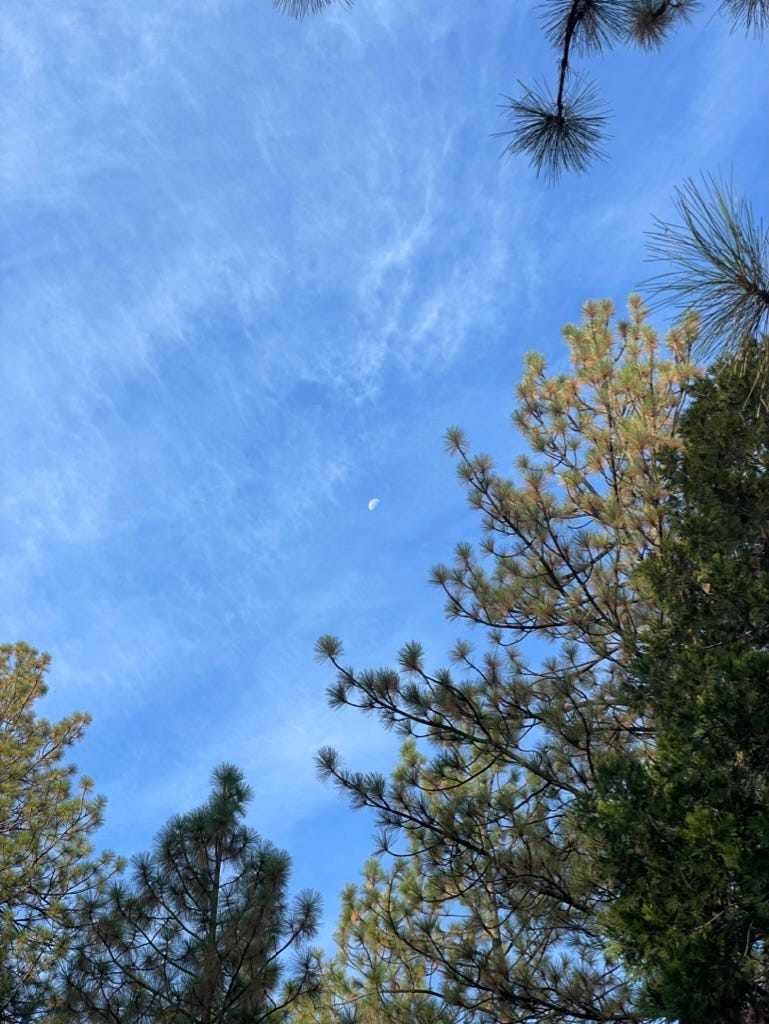
First!